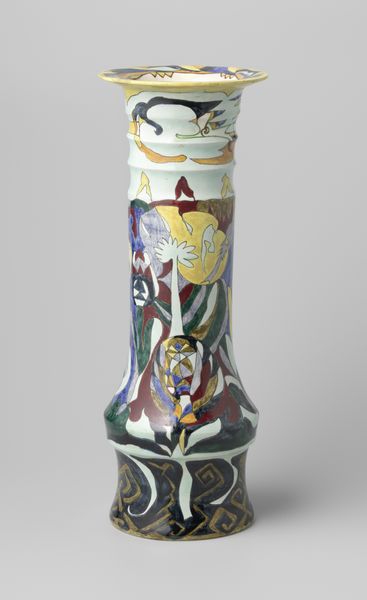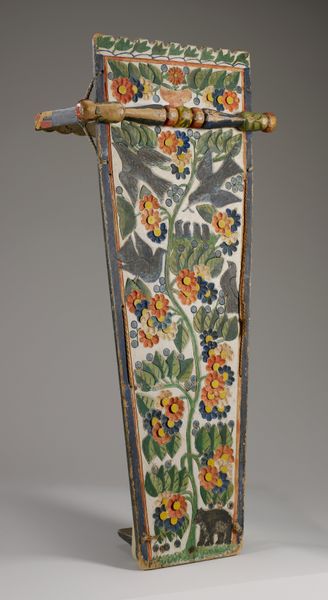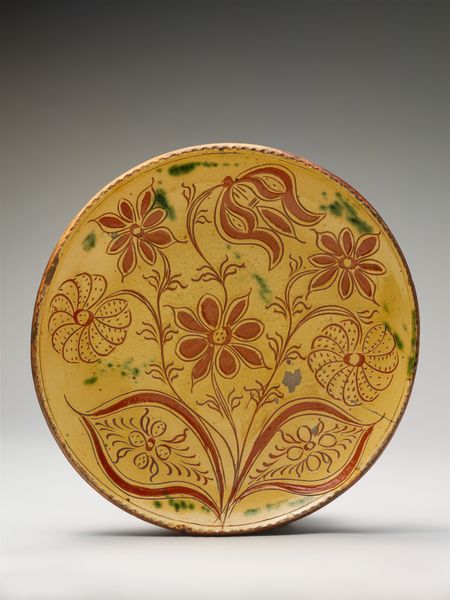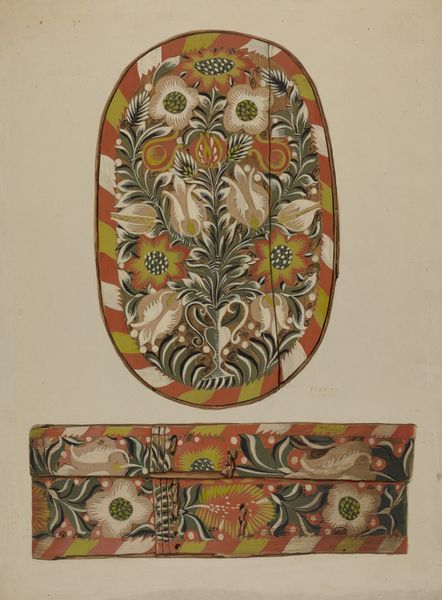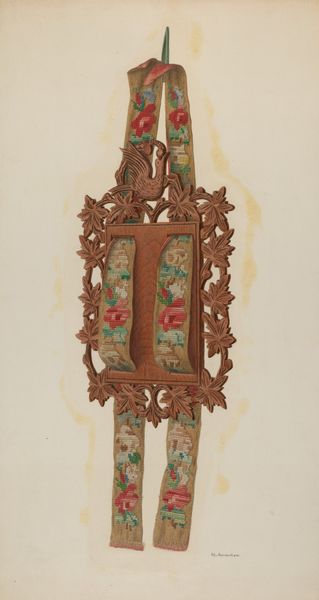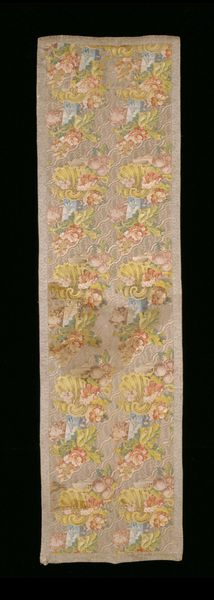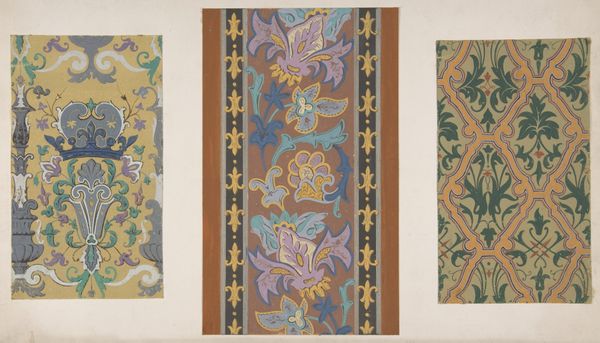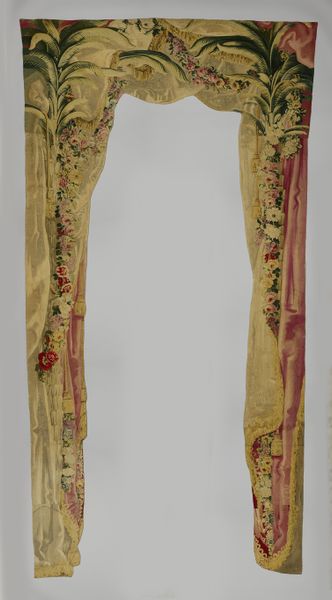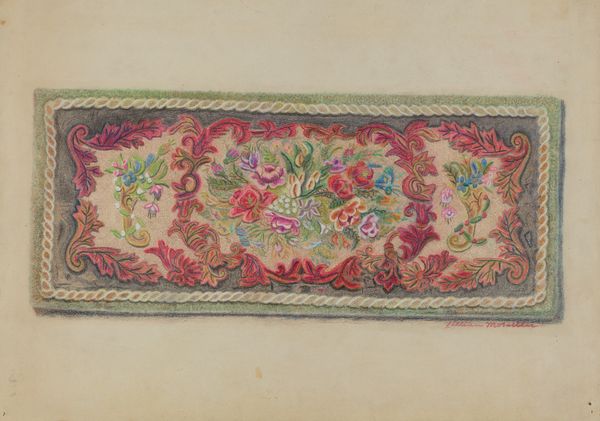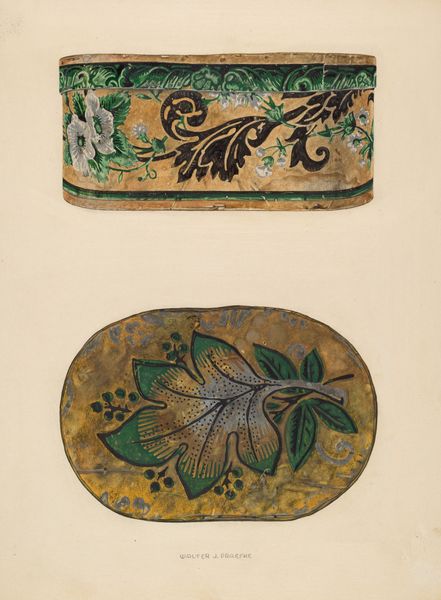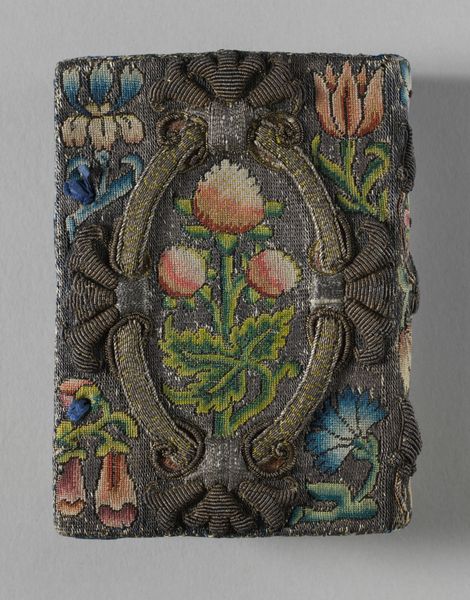
ceramic, sculpture
#
ceramic
#
figuration
#
sculpture
#
genre-painting
#
miniature
#
rococo
Dimensions: 8 13/16 x 5 15/16 x 3 13/16 in. (22.4 x 15.1 x 9.7 cm)
Copyright: Public Domain
Curator: This is an intriguing ceramic piece from the Bow Porcelain Factory, dating to around 1765. It’s part of the Minneapolis Institute of Art’s collection and titled “Male Figure in Front of Tree.” Editor: Immediately, I notice the whimsical rococo style. There’s a certain lightness, a decorative flourish, that’s very characteristic. The colour palette—the soft blues, greens, and the intricate patterning on the figure’s clothing—creates a sense of delicate beauty. Curator: Indeed, the Rococo aesthetic emphasizes elegance and ornamentation, often reflecting aristocratic leisure and pleasure. Bow Porcelain Factory was particularly adept at capturing these themes, although it's essential to acknowledge the socioeconomic disparities underlying such displays of affluence during the mid-18th century. The figurines offered glimpses into the lives of the elite while simultaneously obscuring the labour and inequality that supported it. Editor: Focusing on the composition itself, the figure's pose and placement within the simulated tree form a compelling arrangement. The artist carefully considered how light would play across the surfaces, enhancing the textures and contours. It’s all very skillfully rendered to achieve visual harmony. Curator: Absolutely. The figure embodies certain class expectations in Georgian England: performance, leisure, beauty. Consider the ways these manufactured porcelains shaped cultural norms. The male figure, situated in a pseudo-natural setting, gestures toward ideas about landscape and aristocratic enjoyment of nature as a cultivated spectacle. Editor: Beyond the surface level of historical context, the semiotics are fascinating too. Take for example the tree, or better said the artful construction of the tree surrounding the figure; how do we interpret this integration between nature and artifice? Does the surrounding landscape accentuate the presence of the individual or blend them together? Curator: Examining how identities were curated and portrayed is very important. Bow factory pieces reveal aspirations, ideologies about gender roles, and ideas about the social order in very intentional ways. I feel as though understanding that the piece is also about idealizations that had very real political effects gives an entirely different tone when discussing the object's visual features. Editor: Well, from a purely art historical lens, observing how rococo moved to the late Georgian age helps unlock so many details about the progression of style throughout history. To appreciate it from the art side as well provides a different point of view that may be very valid to some people.
Comments
No comments
Be the first to comment and join the conversation on the ultimate creative platform.
